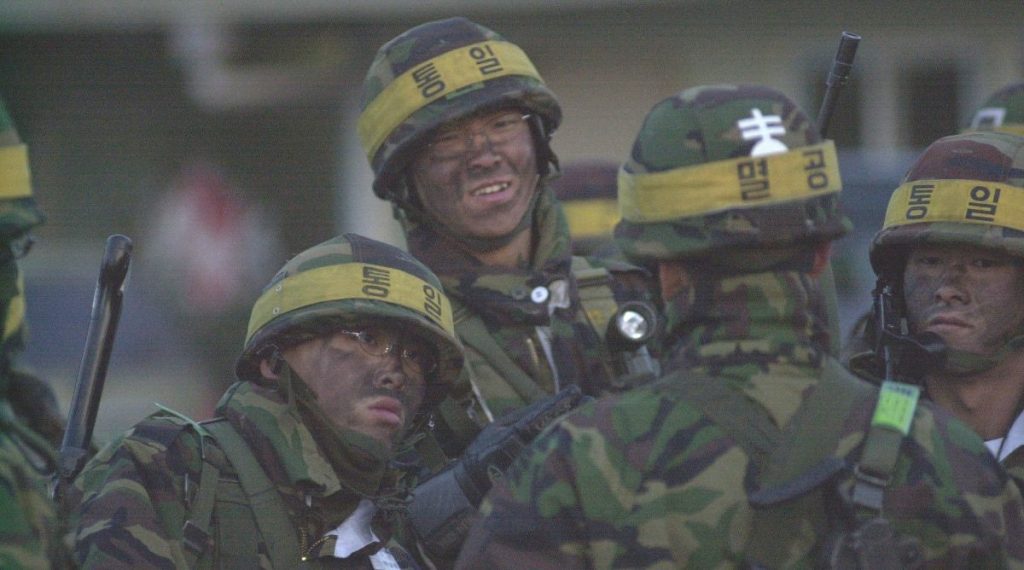This demining operation is just one part of North Korea’s larger involvement in Russia’s post-war rebuilding efforts
Others are reading now
North Korean military engineers have been deployed to Russia’s Kursk region to help clear mines and explosive devices left behind after Ukrainian troops pulled back. The Russian Defense Ministry announced the move as part of growing cooperation between Moscow and Pyongyang.
Dangerous task on the Ukrainian border
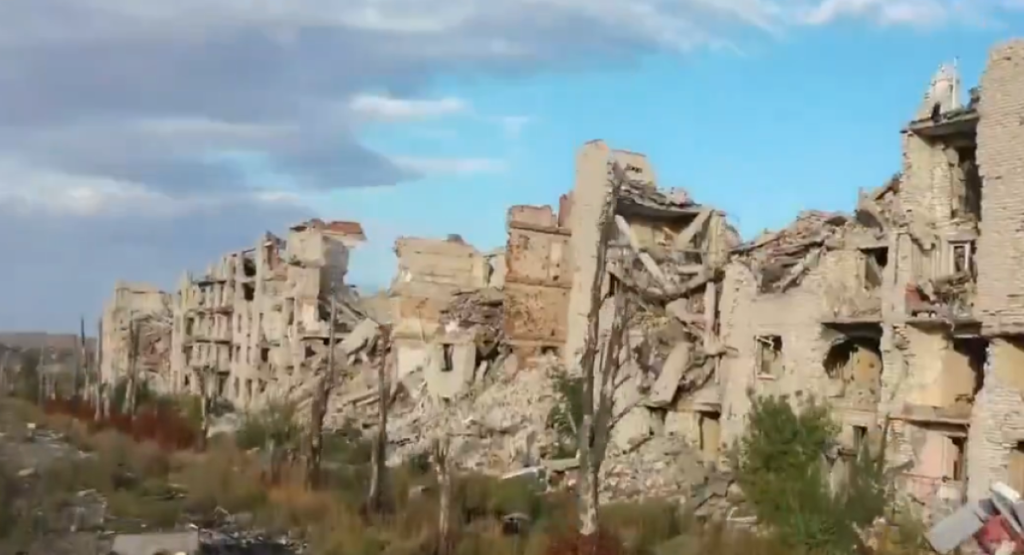
The Kursk region lies along Russia’s border with Ukraine and has seen heavy clashes. According to Russian officials, retreating Ukrainian forces left “hundreds” of mines, artillery shells, and other explosive hazards scattered across the area.
Joint mission follows earlier deployments
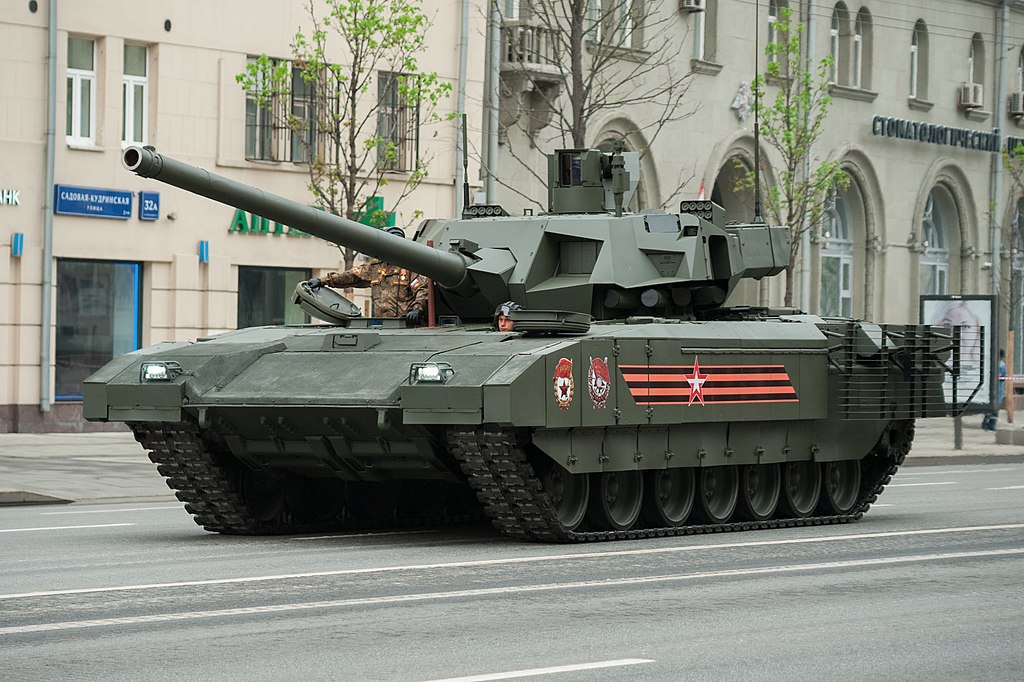
The latest announcement builds on earlier reports from the Russian military’s Krasnaya Zvezda newspaper, which revealed that Pyongyang had already sent engineer troops to the region. This deployment marks a new phase of military collaboration between the two countries.
Engineers trained at Russian military schools

All North Korean sappers involved in the mission were trained in Russia at specialist military engineering centers. These institutions prepared the soldiers for tasks such as explosive ordnance disposal and terrain clearance in hazardous environments.
No numbers released on North Korean personnel
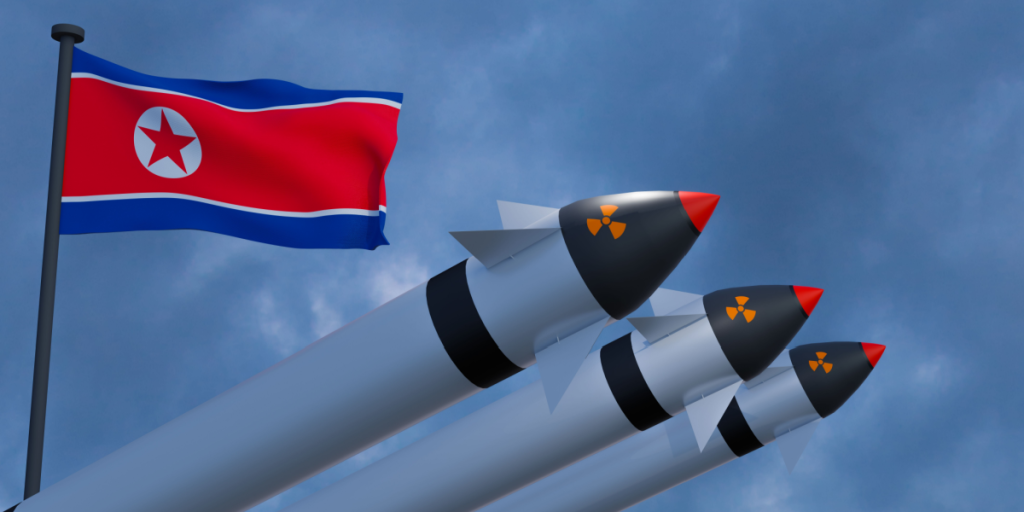
The exact size of the North Korean deployment remains unclear. Russian sources have not specified how many sappers are active in the Kursk region, but the mission is reportedly large enough to be supported by both manpower and machinery.
Advanced robots assist the engineers

Also read
Russian demining robots are playing a key role in the operation. These machines help locate, identify, and disable hidden explosives, reducing the risk to human personnel and speeding up the demining process across affected zones.
Military media highlights foreign involvement
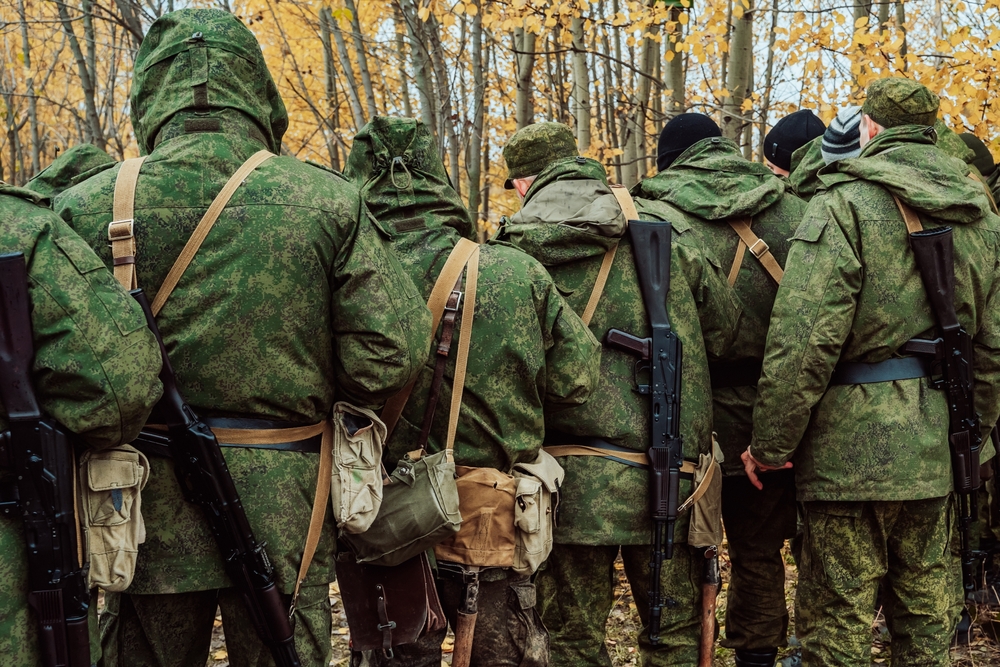
Krasnaya Zvezda, the official newspaper of the Russian armed forces, published a full report featuring images of North Korean engineers at work. The photos show teams in uniform, operating in rural areas with metal detectors and robotic support.
Part of a broader reconstruction effort
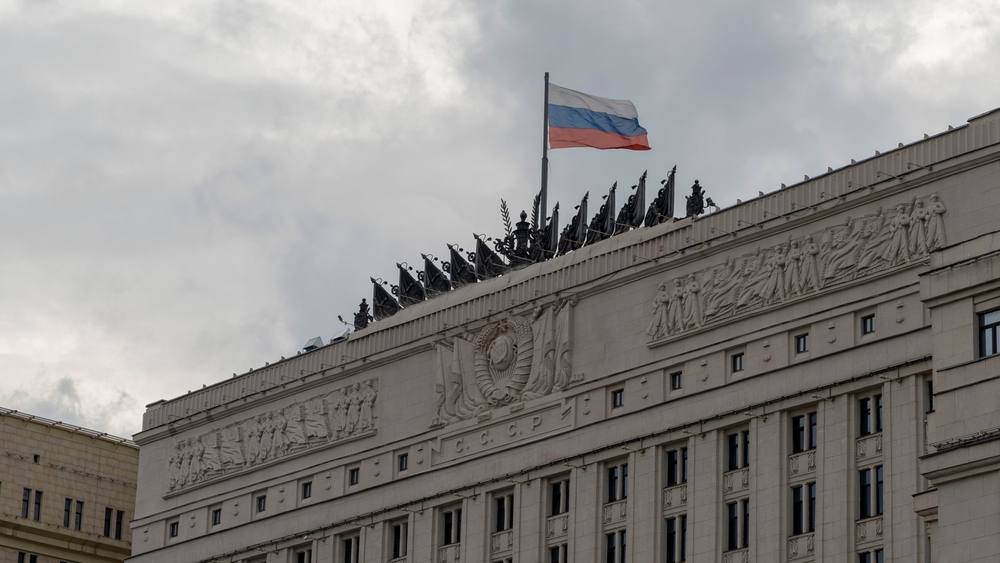
This demining operation is just one part of North Korea’s larger involvement in Russia’s post-war rebuilding efforts. In June, Moscow announced that Pyongyang had sent thousands of military engineers and laborers to assist with reconstruction.
South Korea tracks rising North Korean presence
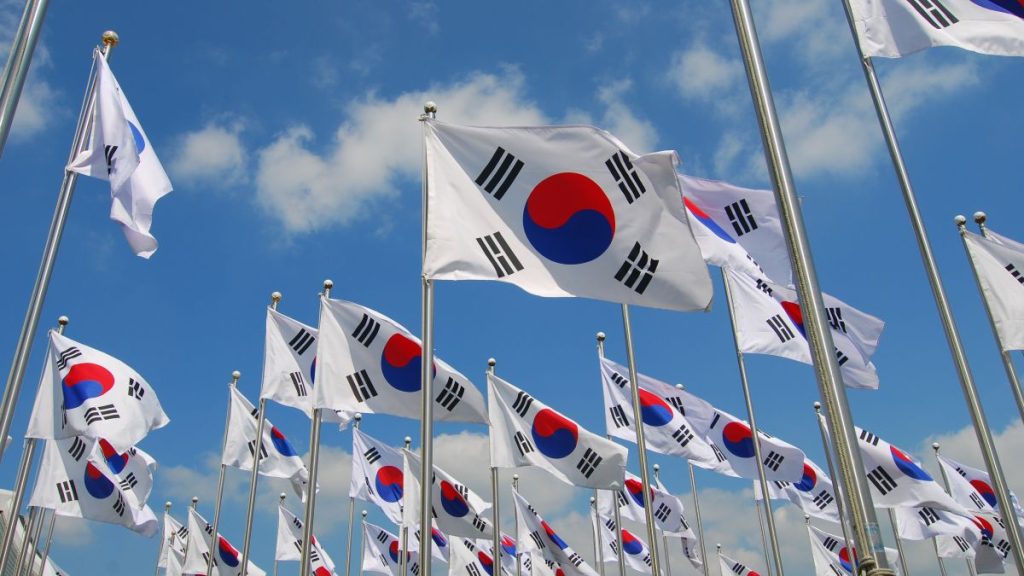
South Korean intelligence believes about 5,000 North Korean soldiers have been deployed to Russia since September 2025. Many are believed to be helping with both reconstruction and military-related operations in areas damaged by fighting.
North Korea’s role has included combat support

North Korea’s involvement hasn’t been limited to reconstruction. In August 2024, its forces reportedly helped Russian troops repel a Ukrainian advance into the Kursk region, one of the few confirmed instances of direct combat participation.
Defense treaty enables joint military action

Also read
This collaboration follows a 2024 mutual defense agreement signed during Russian President Vladimir Putin’s visit to Pyongyang. The treaty laid the foundation for increased military and strategic cooperation between the two nations.
What does North Korea gain in return?

While the Russian government hasn’t publicly stated what Pyongyang receives in return, analysts suggest the benefits likely include fuel, military hardware, and food aid, resources North Korea urgently needs amid ongoing sanctions and shortages.
A sign of deepening Russia–North Korea ties

The deployment of sappers, use of shared training, and cooperation on the battlefield all signal a rapidly growing alliance. As international scrutiny increases, the Kursk operation offers a striking example of how far that partnership has already advanced.
This article is made and published by Edith Hejberg, who may have used AI in the preparation

